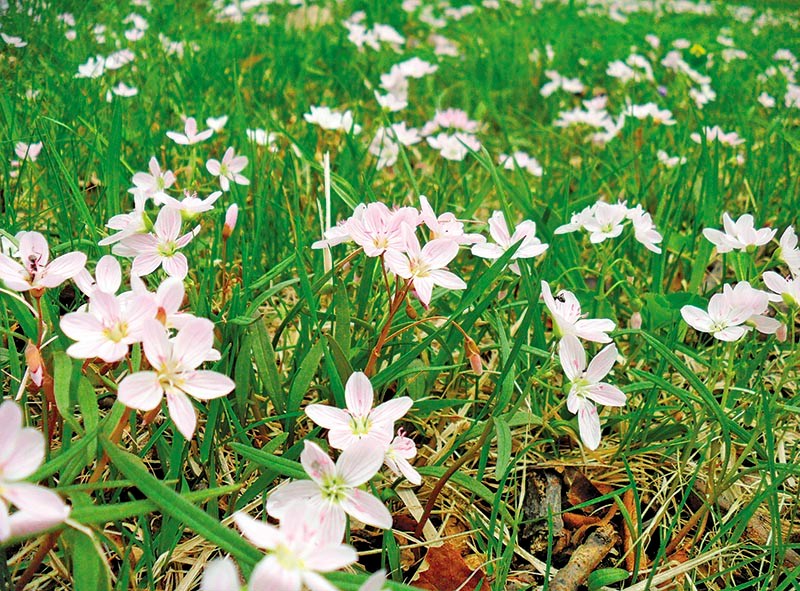The area of Sarnia known as the Point Lands is an entirely human construct, built and backfilled by bulldozers to protect Sarnia Bay and its marina.
It’s part our city’s enviable waterfront today, but was once the south end of a wetland of cattail and bulrushes that stretched from Sarnia Bay almost to Lake Huron.
Which is why I find repeated and unsuccessful attempts to establish a “wetland” on the manmade peninsula – built on a wetland - quixotic and amusing.
Two decades ago government grants helped Centre by the Bay sculpt a small pond out of the Point Lands’ southern tip. The engineering regulated water levels and interpretive signs went up, meant to point out natural wonders.
But the manmade “wetlands” never thrived and became a largely lifeless depression choked with phragmites. In fact, more government money is being spend this year to burn down the invasive reeds for another replanting attempt.
Meanwhile, with nature left to its own devices, life erupted on the barren dirt around it. Without the “benefit” of human intervention wildflower species appeared by the score and tree seeds that washed ashore grew so vigorously that beavers soon arrived and set up shop.
The tricky question of “natural” versus “unnatural” landscapes came to mind last week as I gingerly walked through Cardiff Park. The property south of Wellington Street and east of St. Clair Secondary School has been maintained as parkland for at least three decades.
But a late spring this year delayed the arrival of drainage pumps, lawnmowers and weed-whippers. And a strange and wonderful thing occurred.
Out of the ground sprang more than 30 species of woodland wildflowers rarely seen in cities, like jack-in-the-pulpit and Michigan lilies.
They were there all along, resisting our determined attempts at eradication and impressively popping out at the first chance.
According to Shawn McKnight of Return the Landscape, a guy who knows his native plants, their retail value is well over $1 million.
Part of the park is now staked out for preservation and city hall has agreed to suspend grass cutting, at least for now. The neighbours might yet have something to say about that.
But if the options are to spend time, money, equipment and manpower mowing and blowing, or to let the park’s interior re-naturalize on its own, it should be a no-brainer.
Sometimes, we’re better off just stepping aside and letting nature do its thing.
- George Mathewson
